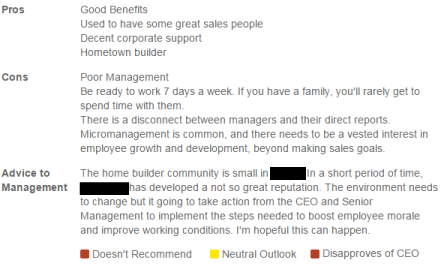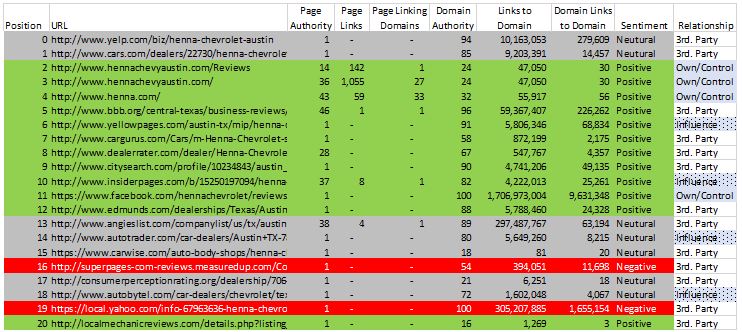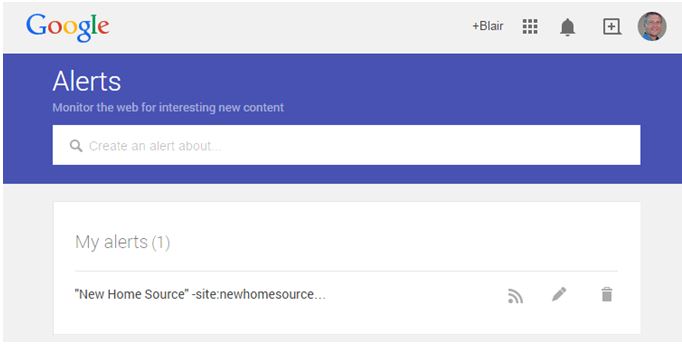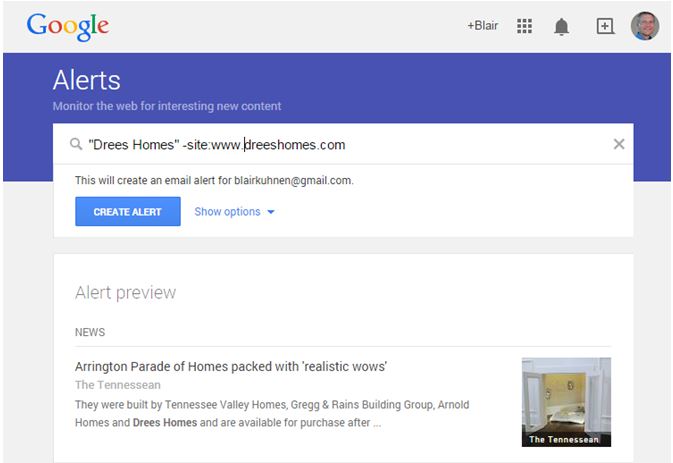 Social media, specifically Facebook, has become one of the most popular means for businesses to market to current and prospective customers. Did you know that 757 million people use Facebook on a daily basis? While Facebook has become an invaluable marketing resource for many builders, there may be situations where a friend or follower of your page posts negative comments about your company or an employee on your Facebook page. If this happens to you, don’t panic. Below are steps you can consider taking to resolve the situation.
Social media, specifically Facebook, has become one of the most popular means for businesses to market to current and prospective customers. Did you know that 757 million people use Facebook on a daily basis? While Facebook has become an invaluable marketing resource for many builders, there may be situations where a friend or follower of your page posts negative comments about your company or an employee on your Facebook page. If this happens to you, don’t panic. Below are steps you can consider taking to resolve the situation.
Respond Calmly and Reasonably – and Publicly
As a builder, you may have encountered the sales training maxim that “an objection unanswered is thought to be true.” That applies to Facebook comments. Answering promptly and politely can solve (or at least start to resolve) many issues. Not replying can cause other social media users who see a public complaint to assume the comment is true, or to assume that you don’t monitor your social media, or that you are unwilling to reply.
Start by taking an honest look at the comment or complaint. In many cases, a calm, courteous, reasonable and prompt public reply will resolve matters – and it reassures others on Facebook that you’re committed to great customer service. If you or your firm has fallen short of your typical customer care and service, consider acknowledging that and asking for the opportunity to make things right. You can reach out to the person who commented and ask them to contact you privately by sending you a direct message. By doing so, you take the search for a solution off-line, out of the public’s view. Most of your social media fans will be glad to see your prompt, courteous reply and not feel the need to take part in the resolution.
Hide the Post
After you review the comment or complaint honestly and calmly, you may decide it is so inaccurate (or, in rare cases, so inflammatory) that even the prompt public reply outlined above may not be enough. In that case, Facebook allows you some options. When someone comments on your posts, you can elect to hide their comment. The person who made the comment and their friends can still see the comment. However, no one else can, which greatly limits the reach of the negative comment. We recommend that you still respond as outlined above – calmly, courteously, and promptly – so the person who made the comments feels heard and so their friends can see your response and your sincere attempt to set things right.
Another advantage of hiding a post as opposed to deleting it entirely (see below) is that the person who commented does not feel censored. Deleting a comment can anger the person who made it and it can simply lead to a game of “whack a mole.” The person adds a new negative comment on Facebook, which you delete, etc. The original complaint (which may have been possible to resolve) can get forgotten and a now-aggrieved social media follower can spiral to a new level of anger or frustration. The person who complained on Facebook may also show up with the original or new complaints on your other social media accounts. They may even post something like this, “Avoid Builder X. They delete my requests for help, can’t take criticism, and won’t take responsibility or try to fix my problem.”
Delete the Post – Where Warranted, and Where Responding and Hiding the Post Won’t Solve the Situation
Are some comments so over the top that simply hiding them isn’t sufficient? The answer is definitely yes, but thankfully this is rare. Let your conscience and your firm’s values be your guide. We recommend a zero-tolerance policy for comments that are racist, sexist, violent or extreme in their profanity. It should be pretty clear when important lines have been crossed. When that happens, deleting the comment entirely – and immediately – is often the best solution. In such situations, any of your other fans who briefly saw a comment that most would agree is unacceptable will not be surprised if it is removed. Many fans may think that step was needed. It also signals to fans that you pay attention to your social media, which is reassuring to prospective homebuyers.
As a Last Resort, You Can Ban a Facebook User From Commenting on Your Facebook page – But You Can’t Stop Them from Commenting About You on Their Facebook Page or Other Social Media
If the person is not open to reason and continues to post negative or inappropriate comments to your page, then you can ban them. They will no longer be able to post a comment to your Facebook page. However, this is definitely a tool of last resort. You should be aware the banned user still can tag your company and post negative comments on their own Facebook page or on their other social media accounts.
It can be frustrating when someone posts a comment about your firm that you feel is one-sided, unfair or untrue. Today, social media is a key stage, a public platform on which a company’s reputation is earned and made. Drawing a deep breath and responding courteously, promptly and professionally is usually your best response, followed by concrete action where appropriate to fix valid complaints. If someone posts a negative comment about your company or employee on Facebook, following these suggestions will help you gain more control over the presence of your company on social media.
If you’d like to learn more about BDX’s social media solutions for builders, please contact us at Info@thebdx.com. Are you connected with BDX on Facebook? If not, we hope you’ll Like us here.












